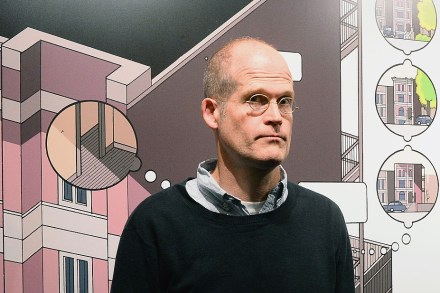Chris Ware: The Acme Novelty Datebook Volume Three
39 min listen
My guest in this week’s Book Club podcast is Chris Ware — author of Jimmy Corrigan, Building Stories and Rusty Brown, and a man widely regarded as one of the greatest living cartoonists. Chris’s new book, The Acme Novelty Datebook Volume Three, opens his sketchbooks for public consumption: a potentially painful move for an artist as self-conscious and perfectionist as Ware. He tells me a bit about the relationship between cartooning and architecture, what he’s trying to do with his graphic novels, the importance of R Crumb and Art Spiegelman to his work, and what gave him the confidence to turn his back on fine art.





